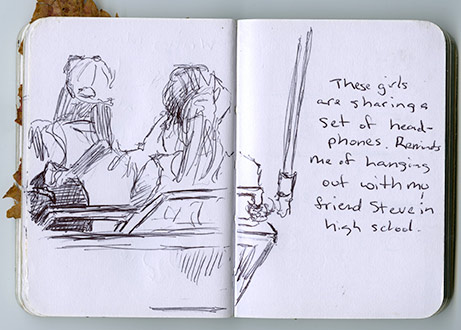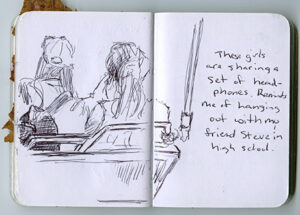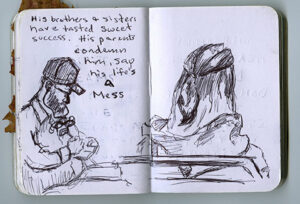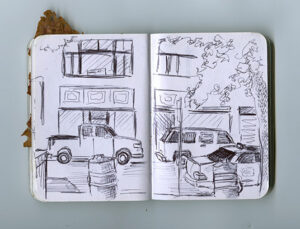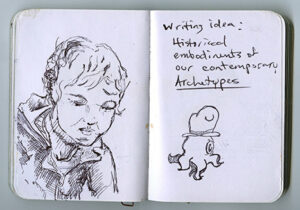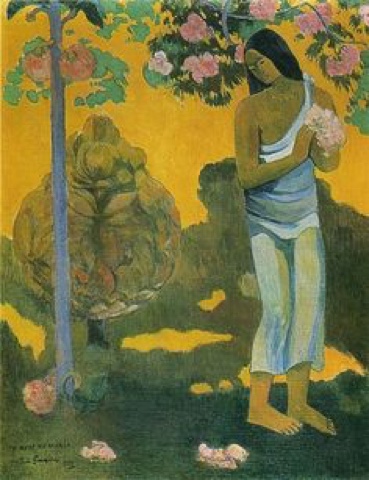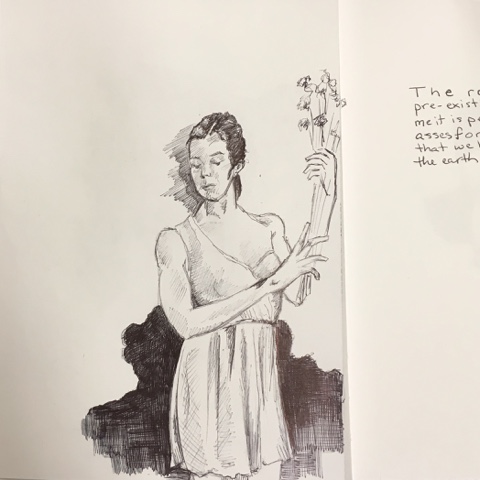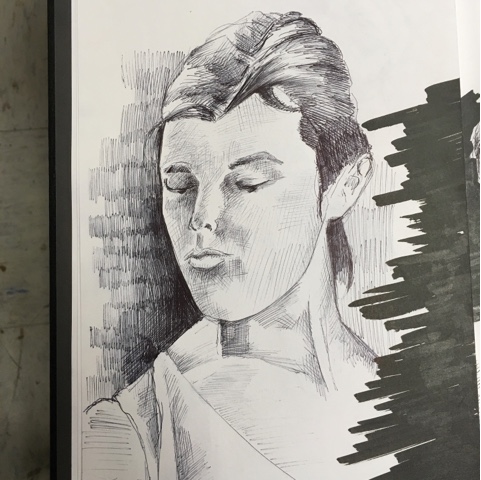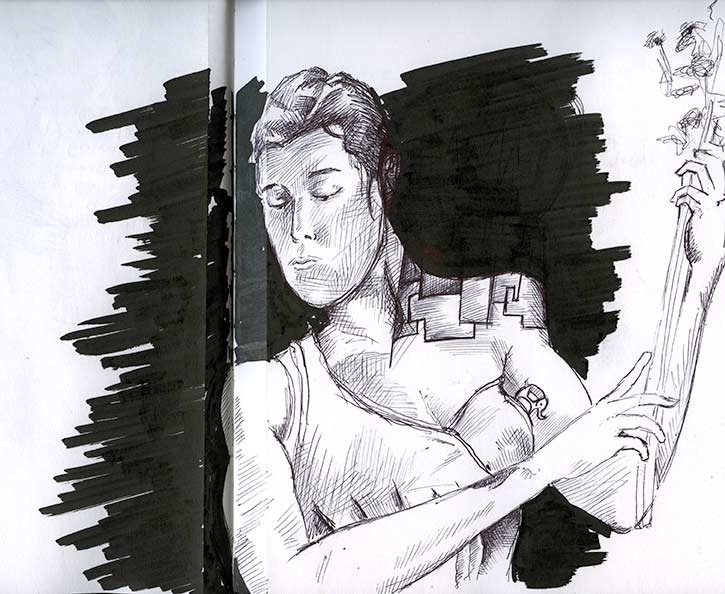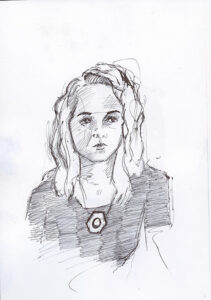“Be impressionist to the end, and fear nothing,” Gauguin replied to a friend upon the accusation of terrible mysticism. A terrible mysticism is surely what an artist needs to avoid in order to escape the labels that society so often casts upon creatives. How then, does one tow the line between symbolic, purposeful and thought provoking work and pedantic dribble? Grandiloquent gestures aside, it still seems imperative to couch your work in some form of symbolism. And symbolism almost always finds itself speaking for too much; racial issues, religion, or ecological issues. There is too much there. Hopefully the artist is capable of utilizing the juxtaposition of symbols in such a way that it will speak to these larger issues without either growing too big for its britches or being too straight forward.
We all utilize a library of our own symbols. In the past I have relied on a myriad of archaic devices and machines, like the cassette, steam engines, and antique telephones to attempt to begin a dialogue about what it is we’ve discovered, used, and ultimately cast off. What is that process I’ve wondered. This has allowed me to create a fairly vast body of work that I’ve been proud of on the whole. As I’ve been drawing more and more in my sketchbooks over the past 9 months, I’ve realized that utilizing these symbols isn’t really achieving what I had hoped for. I had hoped to make some pretty grand statements, to provide pause, and to ultimately affect people in some way. I am not getting through. When I created a show of extinct birds, I received comments on how pretty the birds were. When people saw the patterns that were coupled with each bird, they assumed that they were random. People did not look and try to solve my riddles. Perhaps there were too many riddles.
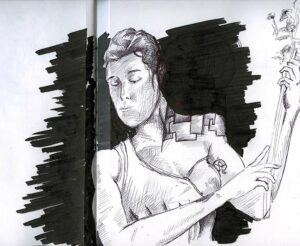
I’ve realized that what I want to communicate is a compassion, an acceptance, a contentedness in the daily routine. It isn’t so much about what we have cast off. While I do care about what we have cast off and I think that what is left behind does say a lot about our level of contentedness in life, I think that I have, perhaps, missed the mark a bit. That said, I do think that some of the symbols are important, just not all symbols all of the time. It is the juxtaposition of symbol, of the signified and the signifier that I need to master. Gauguin understood that dichotomy very well, even if he didn’t always expect the viewer to come along for the ride. He went on to say, “It is evident that the symbolist path is full of potholes, and I have only treaded it with the tip of my foot, but it is, after all, part of my nature, and one must always follow one’s temperament. I know well that I shall become less and less understood. What does it matter if I separate myself from the others? For the masses, I shall be a riddle, for a few, I shall be a poet, and sooner or later quality finds its rightful place.”
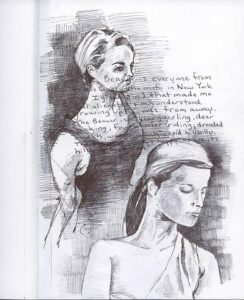
In studying Gauguin, I am finding a language within myself that I had given up on. The human figure is making more sense as a moving object, capable of communicating allegory and emotion. I am finding in the figures that I am studying the very slimmest inkling of an idea of how to communicate what has been swimming in the ether just beyond my mental grasp, and it excites me deeply.
“For the masses, I shall be a riddle, for a few, I shall be a poet…” I am slowly stamping out my creative fears one by one. I shall be a painter to the end. I will find my voice.
Peace
-Mike
